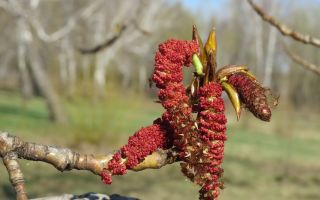Content
- 1 What it looks like and where it grows
- 2 Chemical composition
- 3 Why is poplar useful?
- 4 Preparation and application methods
- 5 Application in traditional medicine
- 6 Application in cosmetology
- 7 Contraindications
- 8 Collection and procurement
- 9 Conclusion
- 10 Reviews of the medicinal properties of black poplar buds
The benefits of poplar tree lie in the numerous medicinal properties of wood, bark and buds. The plant is used in medicine, in cosmetology and in the economy - there are many application algorithms.
What it looks like and where it grows
Black poplar (Populus nigra) is a tree up to 35 m tall from the Willow family. It has a powerful horizontal root system and a straight thick trunk up to 2 m in diameter. Poplar bark is yellowish at a young age and dark gray at maturity; leaves are diamond-shaped or oval-triangular, green, without pubescence.
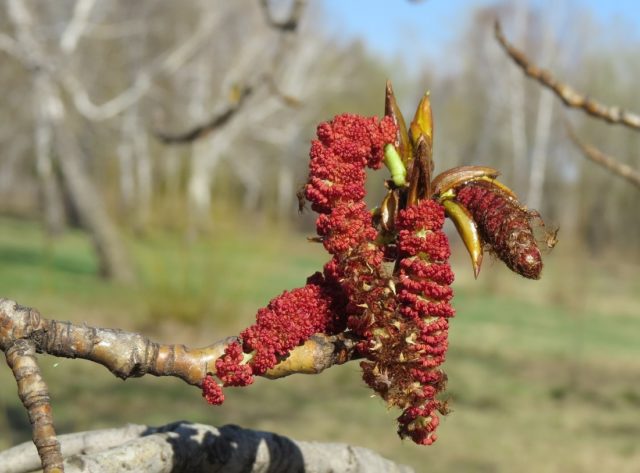
The tree begins to bloom in April-May, simultaneously with the opening of the leaves. Male long inflorescences reach 9 cm in length and have numerous stamens with bright red anthers. Women's earrings are shorter, about 6 cm, each can have up to 40 small buds. Poplar fruits are bivalve dry capsules with several seeds with long silky hairs.
Poplar grows everywhere in Europe and America, in Russia, in Asian countries and even in Africa. In the wild, you can usually see it along the banks of water bodies, on sandy soils, in deciduous forests. The tree is often used in urban landscaping and is planted in parks, along roads and on boulevards.
Chemical composition
Poplar buds, inflorescences and wood contain a large amount of nutrients. Among the main ones you can list:
- flavonoids and resins;
- tanning components;
- carotenoids;
- essential oils;
- populin and salicin;
- malic and gallic acids;
- vitamin C;
- phenol carboxylic acids;
- alkaloids;
- fixed oils;
- isoprenoids;
- hydrocarbons.
Due to its rich composition, poplar has not only decorative, but also medical value.
Why is poplar useful?
The green parts and wood of black poplar have medicinal properties. Namely:
- choleretic and diuretic;
- hepatoprotective;
- anti-inflammatory and bactericidal;
- hemostatic;
- antineoplastic;
- antispasmodic and antipyretic;
- sedatives;
- cardiotonic;
- diaphoretic.
Poplar-based products accelerate metabolism and regulate hunger, therefore they are in demand for intestinal disorders.
Useful properties of black poplar
Decoctions and infusions based on black poplar help with the following disorders:
- boils, burns and wounds;
- rheumatism, arthritis and gout;
- hemorrhoids;
- cystitis;
- colds and flu;
- bronchitis and tuberculosis;
- pressure surges;
- toothache;
- scanty menstruation in women.
Black poplar is used to treat staphylococcus and fungi.
Medicinal properties of black poplar tincture
The healing properties of poplar buds on alcohol are used by internal and external methods. The tincture has a pronounced antiseptic and anti-inflammatory effect. It brings benefits in malaria and tuberculosis, with infections of the urinary bladder and the reproductive sphere.
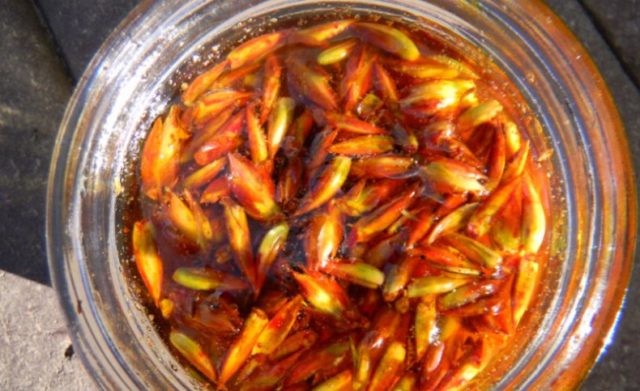
The healing properties of poplar buds
Extracts and decoctions based on poplar buds are very popular in folk medicine. They are used:
- with rheumatism and gout;
- in the treatment of tuberculosis;
- with sciatica and scurvy;
- with intermittent fever.
Women can use the kidneys for dysmenorrhea, and men - with weakened potency and infertility. Outwardly, raw materials are used to treat boils, wounds and ulcers, cracks and burns.
The healing properties of poplar leaves
Black poplar leaves have strong anti-inflammatory properties. Traditional medicine uses decoctions and infusions based on them to treat the liver and intestines, to reduce fever in case of colds. The leaves are beneficial for the nervous system and help to cope with neuroses and depression. Outwardly, raw materials are used as a wound healing agent and to get rid of itching and irritation.
Healing properties of bark, poplar wood
Poplar bark decoction helps with fever and malaria. It can be used to relieve inflammation in rheumatism and gout. The properties of poplar wood are also used to treat diarrhea and indigestion, it contains many tannins and has a strong astringent effect.
The benefits of poplar juice
Fresh juice from poplar leaves is used for toothache. The product is diluted in water and rinsed with mouthwash or applied to the gums. You can also use the juice with a noise in the head, three drops of it are instilled into each auricle.
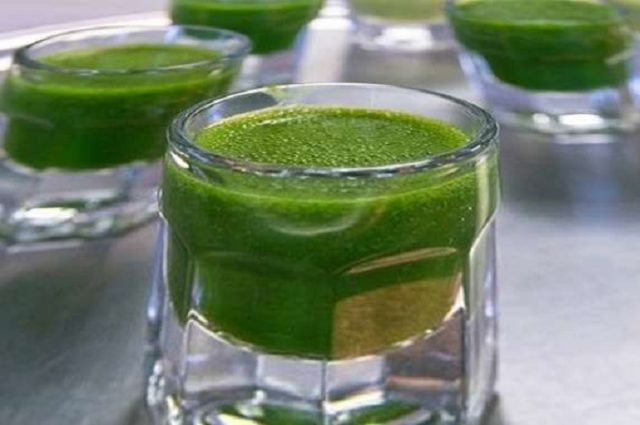
What is the use of poplar fluff
White June fluff brings many problems to residents of cities and towns, as it often leads to fires, irritates the mucous membranes of the nose and eyes and provokes allergies. But at the same time, the benefits and harms of poplar for humans are not so simple.
Down is used in needlework and creativity, for example, it is stuffed with homemade sewing toys. You can use it instead of wool or cotton wool when creating volumetric paintings and installations. The spread of poplar fluff helps to create spectacular pictures, in particular, white flakes look very beautiful in solemn wedding photos.
Preparation and application methods
Traditional medicine offers several processing options for black poplar raw materials. Both water and alcohol products are prepared from the buds and leaves of the plant.
Tincture
Black poplar tincture is used for rinsing with sore throat and gingivitis, as well as for lotions for skin irritations. The drug is made as follows:
- a large spoonful of tree buds is poured with 250 ml of vodka;
- clog the vessel and shake it up;
- put away in a dark place for two weeks.
The filtered agent is taken on an empty stomach, 15 drops up to three times a day. Poplar tincture is used, among other things, in the complex therapy of cancer.
Infusion
Water infusion of black poplar is used for flu and colds. The recipe looks like this:
- dry plant buds are crushed to a powder state;
- pour 10 g of raw materials with a glass of boiling water;
- incubated under the lid for two hours and filtered.
The tool should be taken three times a day before meals, 30 ml. Infusion of black poplar will help reduce the temperature.
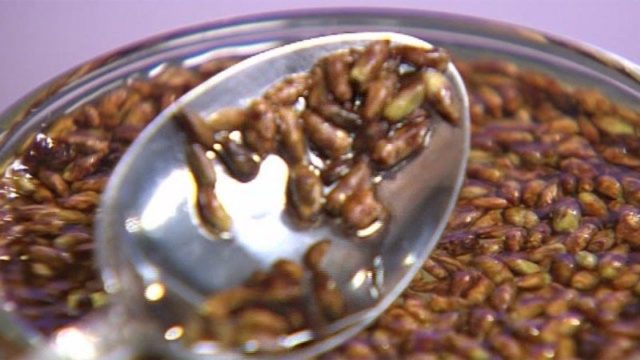
Decoction
A decoction of the leaves of the plant is used for cystitis, tuberculosis. Make the tool like this:
- a large spoonful of foliage is poured with 200 ml of boiling water;
- simmer for seven minutes on low heat;
- remove from the stove and insist under the lid until the broth cools.
The finished product is passed through cheesecloth. You need to take it three times a day, 15 ml.

Ointment
Homemade ointment based on poplar leaves helps with wounds, boils and burns. To make it simple:
- fresh raw materials are ground into gruel;
- mixed with butter or petroleum jelly;
- bring to a homogeneous state.
The finished product is applied to diseased skin areas. You can also use the ointment for inflammation and swelling of the joints to improve mobility.

Oil extractor
In the treatment of hemorrhoids and gynecological ailments, homemade oil from poplar buds is used. You can make it according to the following recipe:
- 50 g of kidneys are poured into a glass jar;
- pour 500 ml of any vegetable oil, for example, olive or grape seeds;
- insist in a warm place for a month;
- thoroughly filter from the remains of raw materials.
With hemorrhoids, the anus is lubricated with oil and microclysters are placed twice a day, and for gynecological diseases, douching is performed.
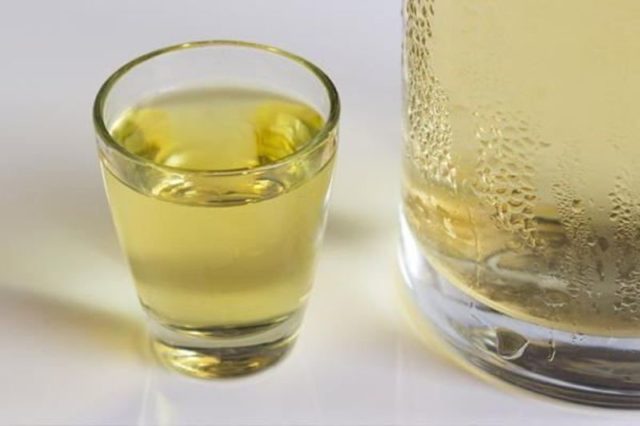
Application in traditional medicine
The buds, leaves, and other parts of black poplar help relieve the symptoms of many diseases. Traditional medicine offers several proven algorithms.
With tuberculosis
The antibacterial and anti-inflammatory properties of black poplar help in the treatment of tuberculosis. Prepare the following medicinal broth:
- three large spoons of kidneys pour 500 ml of hot water;
- boil over low heat for seven minutes;
- cover with a lid and allow to cool completely;
- passed through folded gauze.
You need to take the product 50 ml up to three times a day. The therapy is continued for ten days, then they take the same break and repeat the course. In total, you need to carry out five cycles of treatment.
With cystitis
Infusion of poplar buds well relieves inflammation of the urinary tract. The medicine is done like this:
- dried raw materials are converted into fine powder;
- pour 250 ml of hot water into a thermos;
- kept closed for an hour;
- cooled and passed through cheesecloth.
The ready-made poplar infusion should be divided into four equal portions and taken during the day on an empty stomach.
With gout
Poplar buds ointment relieves inflammation and joint pain in case of gout, rheumatism and arthritis. Prepare a product for external application according to a simple recipe:
- dried kidneys are thoroughly crushed;
- 10 g of powder is mixed with 40 g of butter or fat;
- put in the refrigerator for several hours to solidify.
Sore joints are treated with ointment several times a day. The beneficial substances in the composition of the drug penetrate the tissues through the skin and alleviate the condition.
With kidney disease
The leaves and buds of black poplar are diuretic. On their basis, the following infusion is made:
- pour five large spoons of dry raw materials with 1 liter of boiling water;
- cover the container with a lid and wrap it with a towel;
- kept closed for five hours;
- passed through a layer of gauze for filtration.
It is necessary to take poplar infusion in 100 ml three times a day on an empty stomach. In total, the treatment is continued for two weeks, after which they pause for four days and, if necessary, repeat the course.
At elevated temperatures
Black poplar contains a large amount of vitamin C and helps to reduce fever in colds and flu. The broth is prepared according to the following recipe:
- measure out 75 g of dry buds and leaves;
- raw materials are poured with 300 ml of water;
- simmer on low heat for 10 minutes under a closed lid;
- removed from the stove and insisted until it cools.
The finished product is filtered and taken three times a day, 25 ml. Previously, the medicine must be diluted in 50 ml of warm water. The use of poplar decoction is continued until recovery, the product is stored in the refrigerator.
With diarrhea
With diarrhea, the following decoction has a beneficial effect:
- dry bark is crushed in the volume of two large spoons;
- pour 250 ml of water;
- boil for five minutes over low heat;
- removed from the stove and kept under the lid until it cools.
The ready-made poplar broth is filtered, after which it is drunk three times a day, 30 ml each. The effect occurs already on the first day, provided that the use of water and tea is limited. After the diarrhea finally recedes, the decoction must be stopped, otherwise the black poplar will lead to the development of constipation.
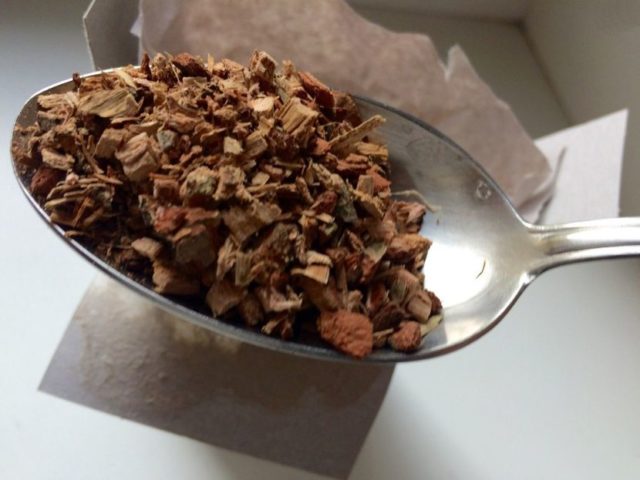
For heart ailments
The healing properties of poplar strengthen the heart muscle and improve the condition of blood vessels. After a heart attack, as well as for its prevention, with the permission of a doctor, you can use a decoction of the plant:
- a large spoonful of dry poplar leaves is poured with a glass of hot water;
- boil over low heat for ten minutes;
- cool and filter.
You need to take the broth three times a day in a small spoon. The agent additionally has a soothing effect and equalizes pressure.
Application in cosmetology
The medicinal properties and contraindications of poplar buds are important in home cosmetology. Natural raw materials help to cope with inflammation, eliminate acne and blackheads, tighten the epidermis and allow you to maintain youth longer. Poplar oil and infusion are used to strengthen hair and normalize scalp oiliness.
For sensitive skin prone to irritation, you can prepare the following mask:
- dry plant buds are ground into powder;
- mix a large spoonful of raw materials with equal amounts of lanolin;
- distribute the composition over the face for 20 minutes, after which it is removed with warm water.
If you apply the product at least twice a week, the skin will quickly clear up and become more elastic.
Black poplar helps to strengthen the curls and make them a little darker if they are naturally light. For soft staining, a simple infusion is prepared:
- 30 g of buds and leaves are poured into 300 ml of boiling water;
- boil over low heat for ten minutes;
- stand until cool and strain through cheesecloth.
Poplar infusion must be thoroughly moistened hair three times a day. It won't give the same effect as a store-bought paint, but it will help slightly change the shade of the curls.
Contraindications
With numerous medicinal properties, poplar has practically no contraindications. It is impossible to use decoctions and infusions based on it only when:
- pregnancy and lactation;
- individual allergies;
- exacerbation of gastrointestinal ailments.
When drinking poplar drinks, you must carefully follow the proposed recipes. Drug overdose leads to nausea and headache, and also causes severe weakness and fatigue. When such symptoms appear, taking drugs from poplar is stopped for several days until the patient feels normal. Then the treatment can be continued, but in lower dosages.
Collection and procurement
Poplar buds and bark are harvested in April at the very beginning of the tree's flowering, and the leaves are harvested in late May and early June. The raw materials are sorted out, thoroughly washed in cold water, and then laid out in an even layer on a baking sheet or a sheet of cardboard. You can dry green parts and poplar bark both in the air and indoors, as well as in the oven at a temperature of about 45 ° C.
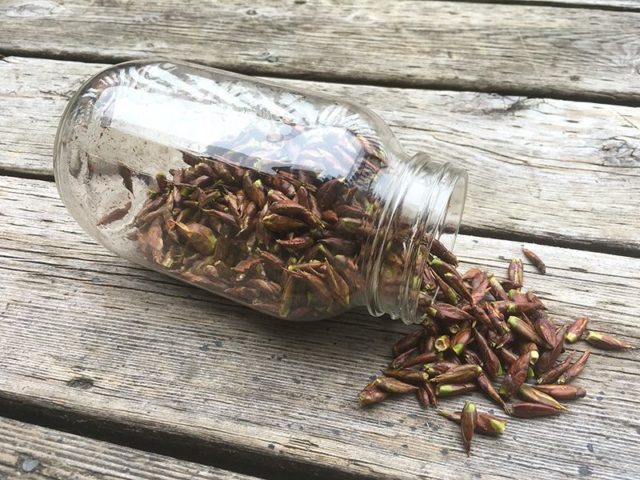
For the procurement of raw materials, it is very important to choose an ecologically clean area.Collect buds and other parts of the plant only away from industrial facilities and highways, otherwise the poplar will not bring any benefit.
Dried raw materials are stored in paper bags or cardboard boxes in a dark place at room temperature. The green parts can be used for a year, and the bark can be used for up to two years.
Conclusion
The benefits of the poplar tree are expressed in the numerous medicinal properties of the buds, leaves and bark of the plant. Raw materials can be used in the treatment of inflammatory and gastrointestinal ailments. With a pronounced healing effect, poplar has a minimum of contraindications.
Reviews of the medicinal properties of black poplar buds

